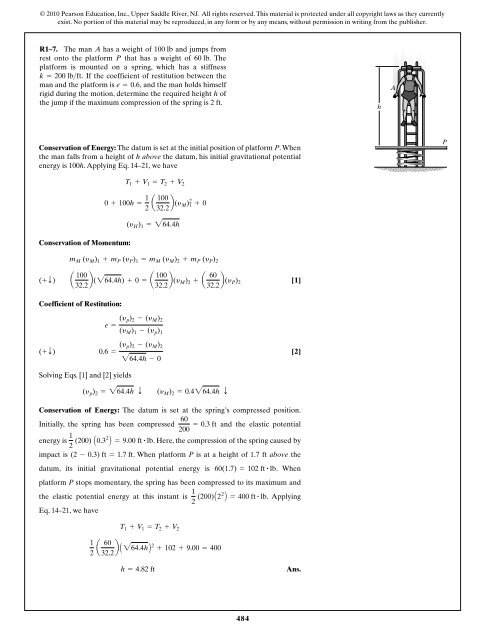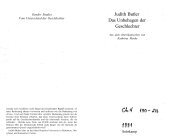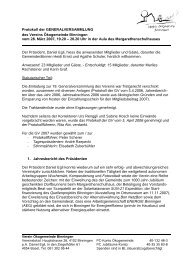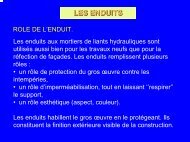479 Horizontal Motion: The horizontal component of velocity ... - Wuala
479 Horizontal Motion: The horizontal component of velocity ... - Wuala
479 Horizontal Motion: The horizontal component of velocity ... - Wuala
Create successful ePaper yourself
Turn your PDF publications into a flip-book with our unique Google optimized e-Paper software.
91962_05_R1_p0<strong>479</strong>-0512 6/5/09 3:53 PM Page 484<br />
© 2010 Pearson Education, Inc., Upper Saddle River, NJ. All rights reserved. This material is protected under all copyright laws as they currently<br />
exist. No portion <strong>of</strong> this material may be reproduced, in any form or by any means, without permission in writing from the publisher.<br />
R1–7. <strong>The</strong> man A has a weight <strong>of</strong> 100 lb and jumps from<br />
rest onto the platform P that has a weight <strong>of</strong> 60 lb. <strong>The</strong><br />
platform is mounted on a spring, which has a stiffness<br />
k = 200 lb>ft. If the coefficient <strong>of</strong> restitution between the<br />
man and the platform is e = 0.6, and the man holds himself<br />
rigid during the motion, determine the required height h <strong>of</strong><br />
the jump if the maximum compression <strong>of</strong> the spring is 2 ft.<br />
h<br />
A<br />
Conservation <strong>of</strong> Energy: <strong>The</strong> datum is set at the initial position <strong>of</strong> platform P. When<br />
the man falls from a height <strong>of</strong> h above the datum, his initial gravitational potential<br />
energy is 100h. Applying Eq. 14–21, we have<br />
P<br />
Conservation <strong>of</strong> Momentum:<br />
T 1 + V 1 = T 2 + V 2<br />
0 + 100h = 1 2 a 100<br />
32.2 b(y M) 2 1 + 0<br />
(y H ) 1 = 264.4h<br />
m M (y M ) 1 + m P (y P ) 1 = m M (y M ) 2 + m P (y P ) 2<br />
( +T) a 100<br />
100<br />
b(264.4h) + 0 = a<br />
32.2 32.2 b(y M) 2 + a 60<br />
32.2 b(y P) 2<br />
[1]<br />
Coefficient <strong>of</strong> Restitution:<br />
e = (y p) 2 - (y M ) 2<br />
(y M ) 1 - (y p ) 1<br />
( +T) 0.6 = (y p) 2 - (y M ) 2<br />
264.4h - 0<br />
[2]<br />
Solving Eqs. [1] and [2] yields<br />
(y p ) 2 = 264.4h T (y M ) 2 = 0.4264.4h T<br />
Conservation <strong>of</strong> Energy: <strong>The</strong> datum is set at the spring’s compressed position.<br />
60<br />
Initially, the spring has been compressed = 0.3 ft and the elastic potential<br />
200<br />
1<br />
energy is<br />
. Here, the compression <strong>of</strong> the spring caused by<br />
2 (200) A0.32 B = 9.00 ft # lb<br />
impact is (2 - 0.3) ft = 1.7 ft. When platform P is at a height <strong>of</strong> 1.7 ft above the<br />
datum, its initial gravitational potential energy is<br />
60(1.7) = 102 ft # lb . When<br />
platform P stops momentary, the spring has been compressed to its maximum and<br />
1<br />
the elastic potential energy at this instant is<br />
. Applying<br />
2 (200)A22 B = 400 ft # lb<br />
Eq. 14–21, we have<br />
T 1 + V 1 = T 2 + V 2<br />
1<br />
2 a 60<br />
32.2 b A 264.4hB2 + 102 + 9.00 = 400<br />
h = 4.82 ft<br />
Ans.<br />
484
















